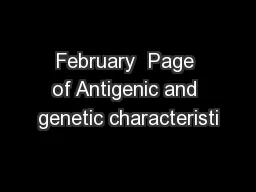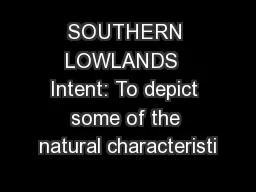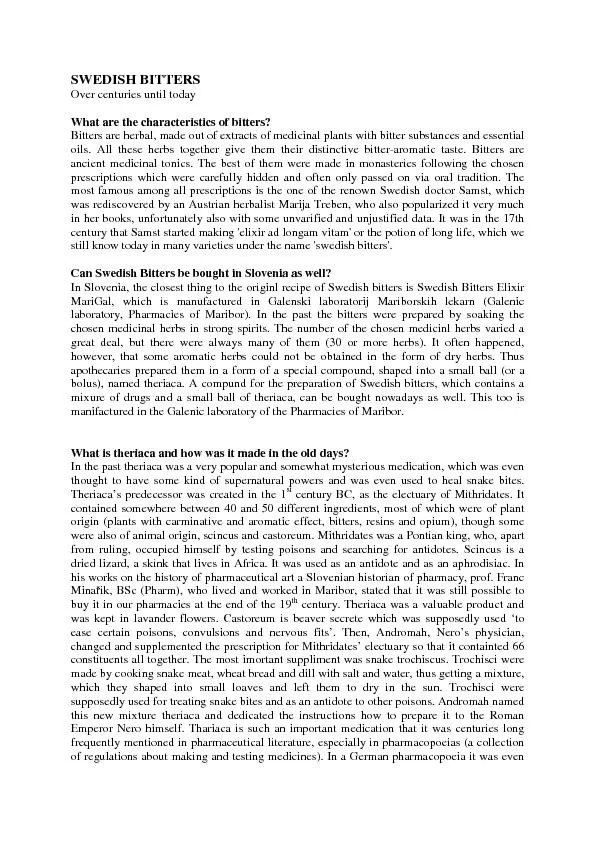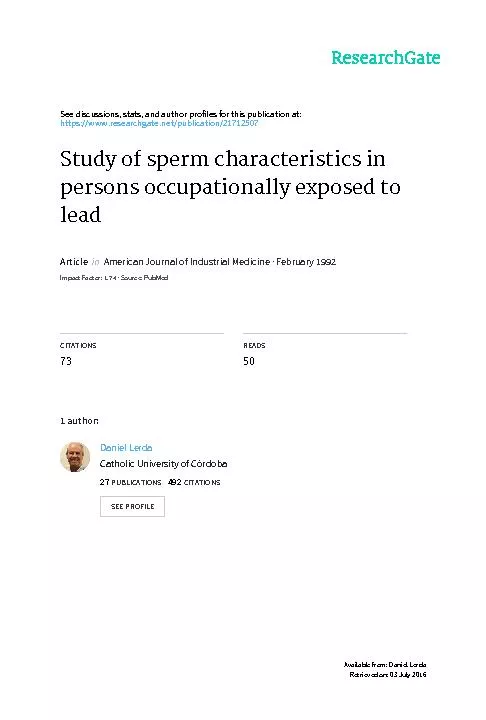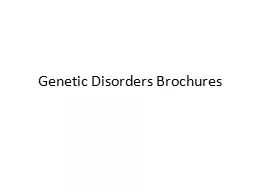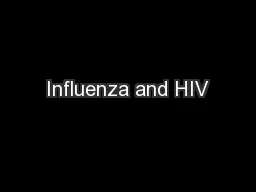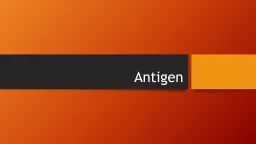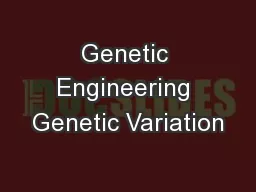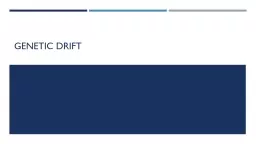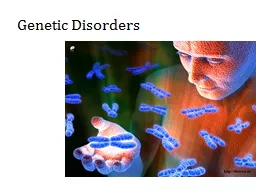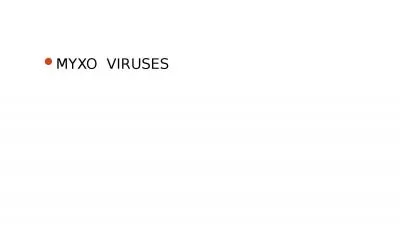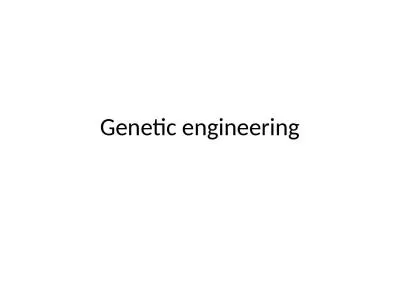PDF-February Page of Antigenic and genetic characteristi
Author : cheryl-pisano | Published Date : 2015-04-29
oonotic influenza viruses continue to be identified and evol ve both genetically and antigenically leading to the need for update of candidate vaccine viruses for
Presentation Embed Code
Download Presentation
Download Presentation The PPT/PDF document "February Page of Antigenic and genetic ..." is the property of its rightful owner. Permission is granted to download and print the materials on this website for personal, non-commercial use only, and to display it on your personal computer provided you do not modify the materials and that you retain all copyright notices contained in the materials. By downloading content from our website, you accept the terms of this agreement.
February Page of Antigenic and genetic characteristi: Transcript
Download Rules Of Document
"February Page of Antigenic and genetic characteristi"The content belongs to its owner. You may download and print it for personal use, without modification, and keep all copyright notices. By downloading, you agree to these terms.
Related Documents

